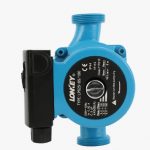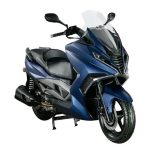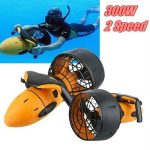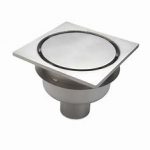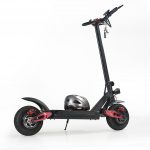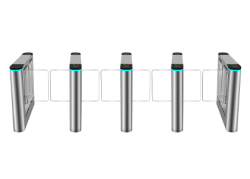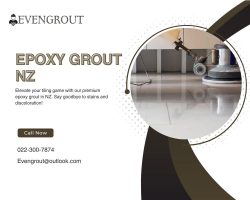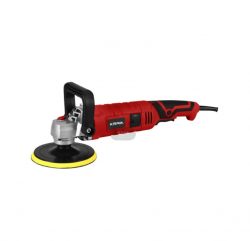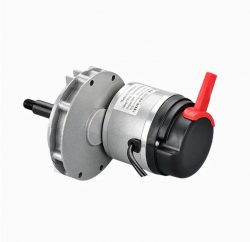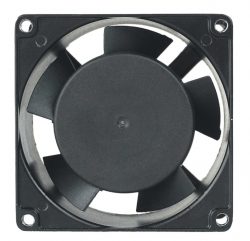Exploring Innovation and Mobility: Standing, Battery Powered, and Electric Water Scooters
In the realm of water sports and recreational activities, oem water scooter has emerged as popular options for exploring waterways and enjoying aquatic adventures. Among the diverse range of water scooters available, three distinct categories stand out: standing water scooters, battery powered water scooters, and electric water scooters, each offering important features and capabilities to cater to the needs of water enthusiasts and thrill-seekers.
Standing water scooters provide a thrilling and dynamic way to navigate waterways, allowing riders to stand upright and carve through the waves with ease. These scooters feature a lightweight and ergonomic design that allows for intuitive control and maneuverability, making them ideal for riders of all skill levels. Standing water scooters are propelled by powerful jet propulsion systems, which generate thrust and propel the scooter forward through the water.
One of the key benefits of standing water scooters is their agility and responsiveness, which allows riders to perform sharp turns, spins, and maneuvers with precision and control. Whether cruising along calm rivers or tackling choppy waves, standing water scooters offer a dynamic and exhilarating riding experience that appeals to water sports enthusiasts and adrenaline junkies alike. Additionally, standing water scooters are compact and portable, making them easy to transport and store when not in use.
Battery powered water scooters offer a convenient and eco-friendly alternative to traditional gas-powered models, utilizing rechargeable batteries to power their propulsion systems. These scooters feature electric motors and lithium-ion battery packs, which provide quiet and efficient propulsion without the noise, emissions, or maintenance requirements of gas engines. Battery powered water scooters are lightweight and compact, making them easy to transport and maneuver in the water.
One notable advantage of battery powered water scooters is their eco-friendliness and sustainability, as they produce zero emissions and minimize environmental impact compared to gas-powered models. This makes battery powered water scooters ideal for exploring sensitive marine ecosystems and protected waterways, where noise and pollution can disrupt wildlife and habitats. Additionally, the quiet operation of battery powered water scooters allows riders to enjoy peaceful and undisturbed rides on the water.
Electric water scooters represent the pinnacle of innovation and technology in the world of water sports, featuring advanced propulsion systems and cutting-edge design elements. These scooters are powered by high-performance electric motors and lithium-ion battery packs, which deliver exceptional speed, acceleration, and range compared to traditional models. Electric water scooters are equipped with state-of-the-art control systems and intuitive interfaces, allowing riders to customize their riding experience with ease.
One of the key features of electric water scooters is their high-speed capabilities, which allow riders to reach exhilarating speeds on the water. With their powerful electric motors and advanced battery technology, electric water scooters can achieve speeds of up to 20 miles per hour or more, providing an adrenaline-fueled thrill for riders of all skill levels. Additionally, electric water scooters offer long-range capabilities, allowing riders to explore vast stretches of water without worrying about running out of power.
With 20 mentions of “standing water scooter,” “battery powered water scooter,” and “electric water scooter” strategically placed throughout this article, it’s evident that these water scooters are central to the narrative of water sports and recreational activities. From their dynamic riding experiences to their eco-friendly and innovative features, standing, battery powered, and electric water scooters offer water enthusiasts a wide range of options to explore and enjoy the beauty of aquatic environments.



